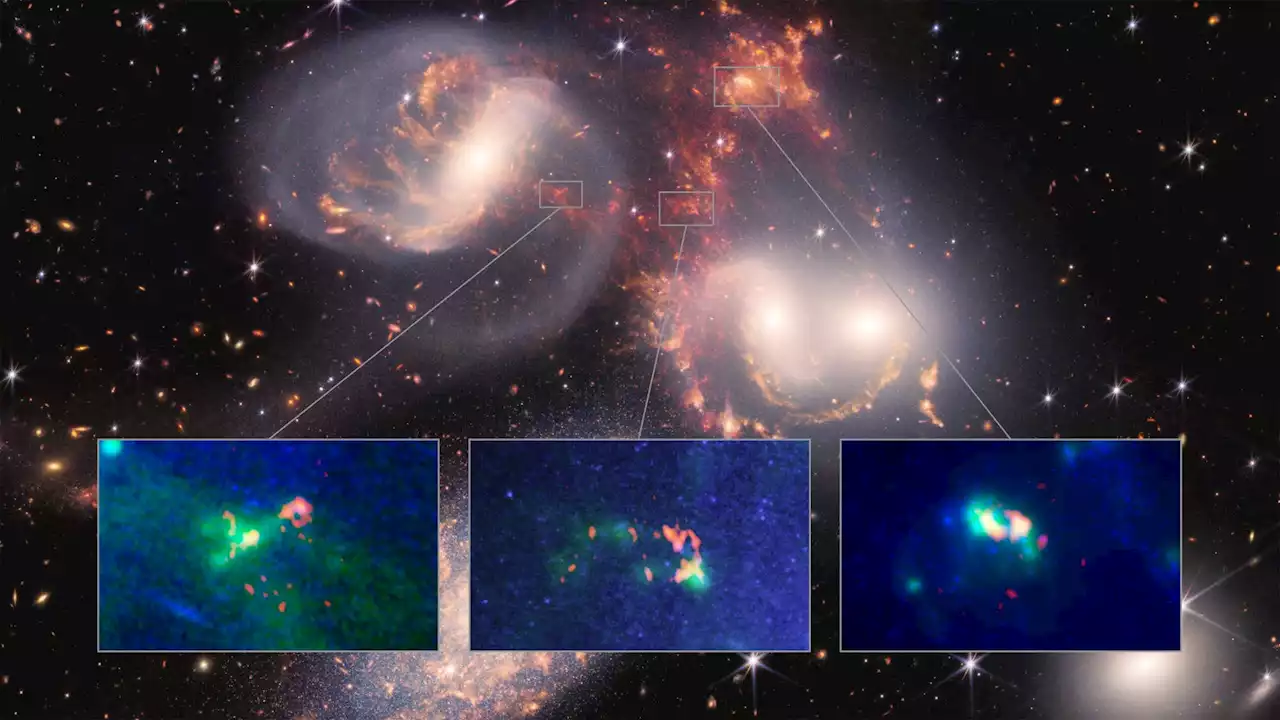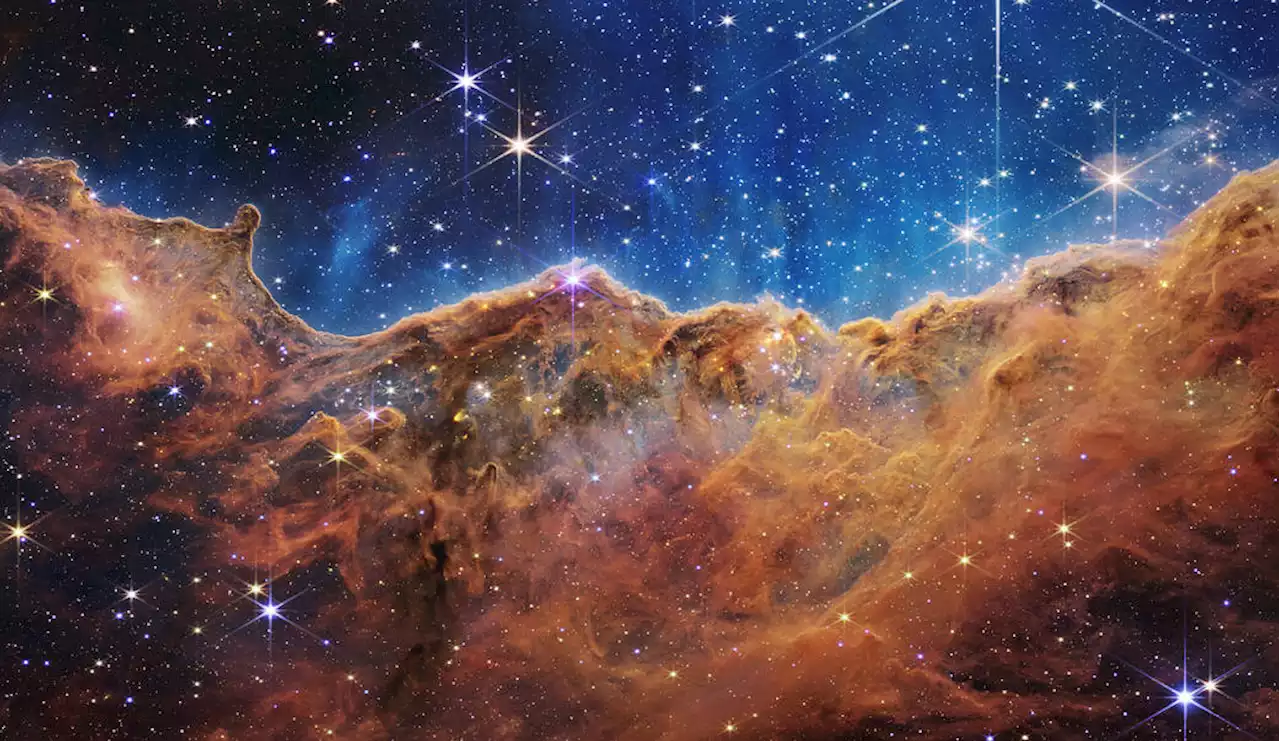The Webb Telescope's first confirmed exoplanet is 99 percent the diameter of Earth
As the space agency notes, among telescopes in operation today , only the JWST possesses the resolving capabilities to accurately characterize the atmospheres of Earth-sized exoplanets. The research team is still working to determine what, if any, sort of atmosphere is sitting atop the rocky mass using by analyzing itsThere is a chance that the planet will be devoid of its critical gaseous insulation but at these distances, it could simply be hiding a very small atmo close to the surface.
They are confident that it does not possess an oppressive atmosphere similar to that of Saturn’s moon Titan, however. “There are some terrestrial-type atmospheres that we can rule out,” he said. “It can’t have a thick methane-dominated atmosphere.” That said, the surface of the planet does appear to be around 300 Celsius, several hundred degrees warmer than here on Earth. If cloud cover is discovered in subsequent studies, it could suggest a greenhouse world climate closer to Venus.
All products recommended by Engadget are selected by our editorial team, independent of our parent company. Some of our stories include affiliate links. If you buy something through one of these links, we may earn an affiliate commission. All prices are correct at the time of publishing.
United States Latest News, United States Headlines
Similar News:You can also read news stories similar to this one that we have collected from other news sources.
 James Webb Space Telescope spies massive shockwave and baby dwarf galaxy in Stephan's QuintetA shockwave traveling through Stephan's Quintet at over a million miles per hour is causing turbulence in between its five galaxies.
James Webb Space Telescope spies massive shockwave and baby dwarf galaxy in Stephan's QuintetA shockwave traveling through Stephan's Quintet at over a million miles per hour is causing turbulence in between its five galaxies.
Read more »
 Telescopes Reveal a Frenzy of Gas in Stephan’s QuintetData from Webb Space Telescope and ALMA reveals more about a group of five galaxies.
Telescopes Reveal a Frenzy of Gas in Stephan’s QuintetData from Webb Space Telescope and ALMA reveals more about a group of five galaxies.
Read more »
 Violent Galactic Shockwave: Webb Space Telescope Reveals Sonic Boom Bigger Than the Milky WayALMA and Webb Reveal Galactic Shock is Shaping Stephan’s Quintet in Mysterious Ways Shockwaves resulting from the violent collision between an intruder galaxy and Stephan’s Quintet are helping astronomers to understand how turbulence influences gas in the intergalactic medium. New observations with
Violent Galactic Shockwave: Webb Space Telescope Reveals Sonic Boom Bigger Than the Milky WayALMA and Webb Reveal Galactic Shock is Shaping Stephan’s Quintet in Mysterious Ways Shockwaves resulting from the violent collision between an intruder galaxy and Stephan’s Quintet are helping astronomers to understand how turbulence influences gas in the intergalactic medium. New observations with
Read more »
 James Webb Space Telescope detects a sonic boom bigger than Milky WayObservations made with JWST and ALMA allowed researchers to see the complex interactions within the multi-galaxy collision event known as Stephan's Quintet
James Webb Space Telescope detects a sonic boom bigger than Milky WayObservations made with JWST and ALMA allowed researchers to see the complex interactions within the multi-galaxy collision event known as Stephan's Quintet
Read more »
 Early James Webb Space Telescope findings take center stage at key astronomy conferenceSharmila is a Seattle-based science journalist. She found her love for astronomy in Carl Sagan's The Pale Blue Dot and has been hooked ever since. She holds an MA in Journalism from Northeastern University and has been a contributing writer for Astronomy Magazine since 2017. Follow her on Twitter at Sharmilakg.
Early James Webb Space Telescope findings take center stage at key astronomy conferenceSharmila is a Seattle-based science journalist. She found her love for astronomy in Carl Sagan's The Pale Blue Dot and has been hooked ever since. She holds an MA in Journalism from Northeastern University and has been a contributing writer for Astronomy Magazine since 2017. Follow her on Twitter at Sharmilakg.
Read more »
 SXSW Brings the Cosmos to AustinSXSW announces Nick Jonas, KIller Mike, and unseen images from the James Webb telescope.
SXSW Brings the Cosmos to AustinSXSW announces Nick Jonas, KIller Mike, and unseen images from the James Webb telescope.
Read more »
